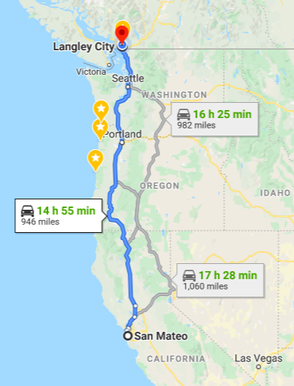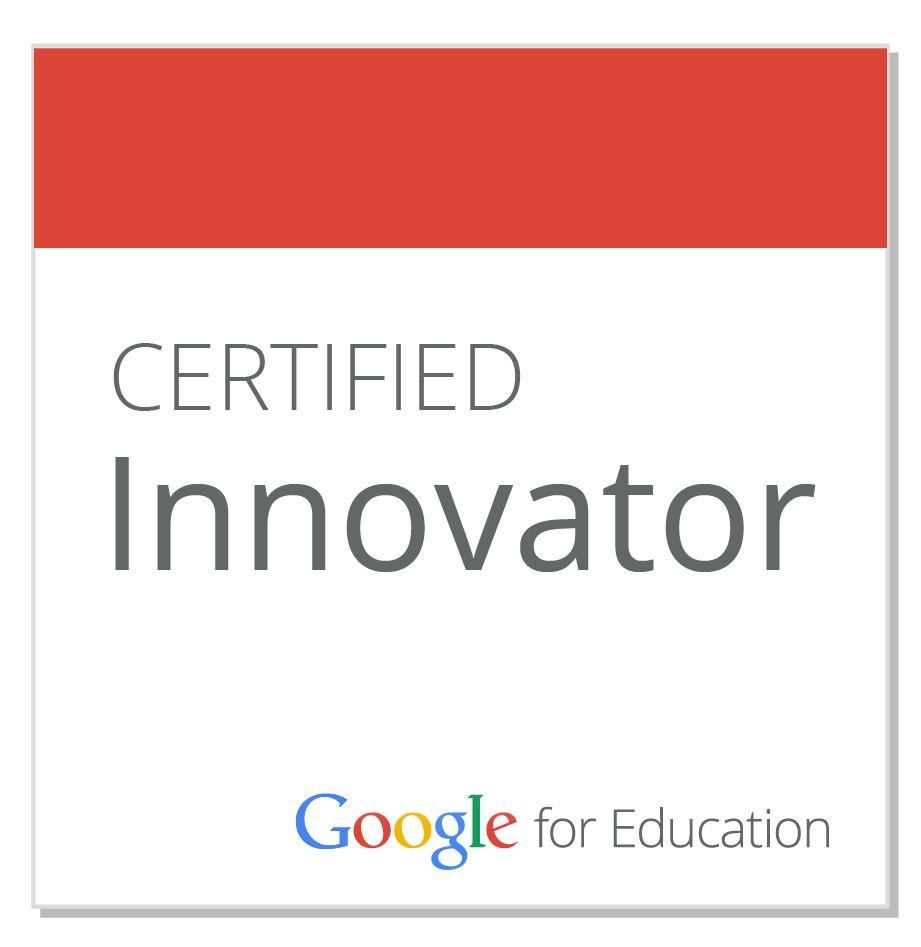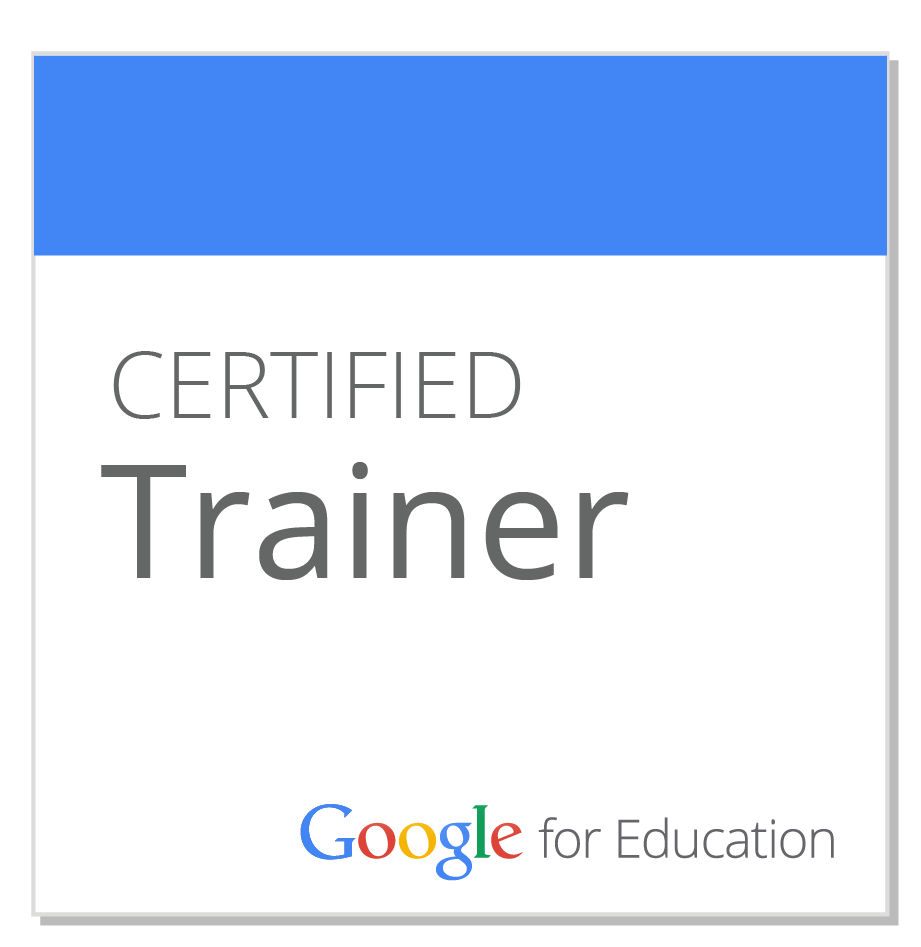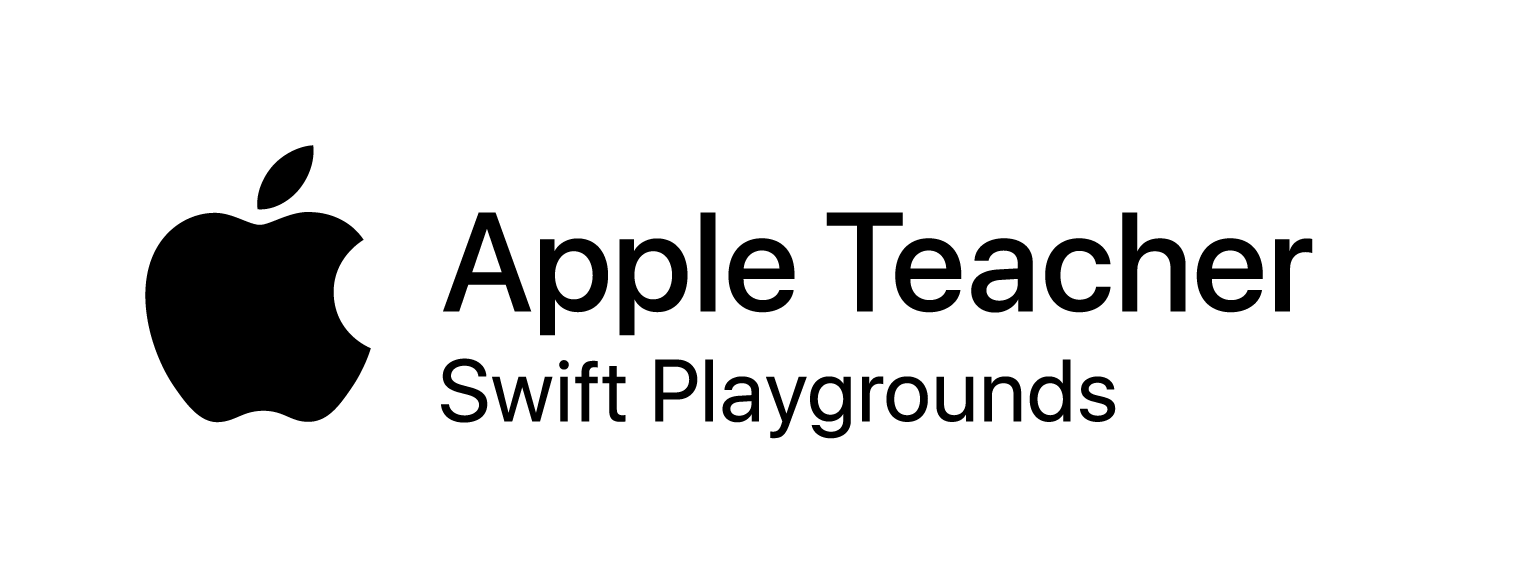
During that time, we were forced to become masters of communication. Despite having nightly video calls, we couldn't always fully anticipate the emotional affect of the other person. Body language was there, but sometimes obscured. If we were texting, we were missing tone of voice. If we found ourselves in a sticky conversation on any forum, we needed to work it through without the ability to truly look into each others' eyes.
This wasn't an easy skill to develop. It took a lot of critical self-reflection, humility, and empathy to build those communication skills. Today, I would venture to say that we've relaxed our practice of some of them because we take for granted the proximity we have to one another now. We're not relying on the meticulous communication as much as we used to... because we don't have to anymore.
But now, we've been forced into the cultivation of similar communication skills as we continue (or begin, in some cases!) our teacher-student relationships from a distance. For students and teachers alike, this shift has been abrupt and challenging. From grieving the separation from their friends and school communities to the activities that go on within them, it hasn't exactly been a walk in the park... for anyone. But now we have an opportunity: we can help to build these communication skills in students and in ourselves.
In normal times, my goal as a Grade 7 teacher is to make my students as independent as humanly possible before they leave my classroom. I teach them how to self-regulate, manage their tasks and their time, to read criteria and texts closely, and to ask critical questions. Essentially, my goal is to teach them how to learn and how to adult simultaneously. Except... they're 12 and 13 years old, so it's rocky and wonderful and imperfect and awkward... all rolled into one. That doesn't mean it's impossible to learn great communication skills, though.
It's important to acknowledge that it's weird for students to suddenly be communicating with their teachers through a screen all the time. Their screens are typically a major part of their world that us teachers are simply not included in (at least in a major way). Also, this shift isn't something that any of us chose - not teachers, not students, and not parents. This hurdle is massive and it might shift the way this communication occurs because most students don't know how to communicate with their teachers through a screen all the time.
So how do we cultivate these independent skills from a distance? How do we ensure that students are getting the message we're trying to send to support their growth as a human?
First, we need to cultivate that social emotional wellness through building on the trust that already existed in the classroom space. If we always and only come at our students with "this isn't done" or "you didn't do that right," we're not considering the "why" behind those missteps and nurturing them as a person in those exchanges. Positive relational communication starts with checking their emotional affect - "how have you been doing lately?" Hold space for their answer and if all they say is "good," ask for more. They're learning to more effectively communicate and so, as any good teacher might, we need to ask critical questions to get them to elaborate. Once you've satisfied that they're okay and their situation is stable, then move into the issue of why something isn't meeting an academic standard - "Is there anything I can to do help you with your learning?" or "I noticed _____. How can I help you with this?" If they're not okay, omit assignments completely. Give extensions. (Now is not the time for the deadlines life lesson. Seriously.)
Another way to build up this social-emotional wellness is to provide regular communal check-ins as a class. This could be done through synchronous video calls but a universal time to meet may be challenging for many students in the current environment. To address the need for asynchronous community-building options, my Grade 7 colleague and I are doing daily community engagement tasks that require some element of student creativity to complete (you can find my entire post on this here). Some recent examples have been the Cintascotch drawing challenge, building blanket forts to work in for the day, and the Getty Art challenge (images added below have media release).
When it comes to academic communication, it all starts with modelling and creating clear expectations. At the level I teach at, that means I need to carefully craft assignments and it means that students need to read instructions or watch a video carefully, and maybe more than once. I'll say here that the "carefully" and the "more than once" aspects need to be reinforced quite frequently. At lower levels, it might mean that you're creating shorter videos, texts, or soundbites that are easily digestible for parents and students alike, with a bit of advice on student feedback for families.
Ideally, once you get rolling, you would provide frequent opportunities for them to communicate back to you through writing, photography, videos, or their art. Challenge yourself to see what they can create as these are richer learning experiences that rote responses to content questioning. If you can get them on a call, have them reflect on the process: what went well, what was a struggle (if there was one), and how is this different than what we would experience in a normal classroom. Consider formative assessment for students, providing them with a "next step" in their learning process as opposed to a summative performance against a specific outcome.
Last, ask yourself: how can you make communicating with students a somewhat predictable cycle? It's good for them to have an understanding of when and how you are checking in on them. This is the part I'm now working on so students have an established understanding of how they may communicate issues they're having. It's important that this is offered in a way that feels safe and that maintains the tone and positivity of in-person relationships as much as possible.
Communication is hard. But in the end, it's up to us as adults to make sure that our students feel those emotions of care, love, and belonging... even through a screen. We have to teach them how by learning how to do it ourselves.









 RSS Feed
RSS Feed
